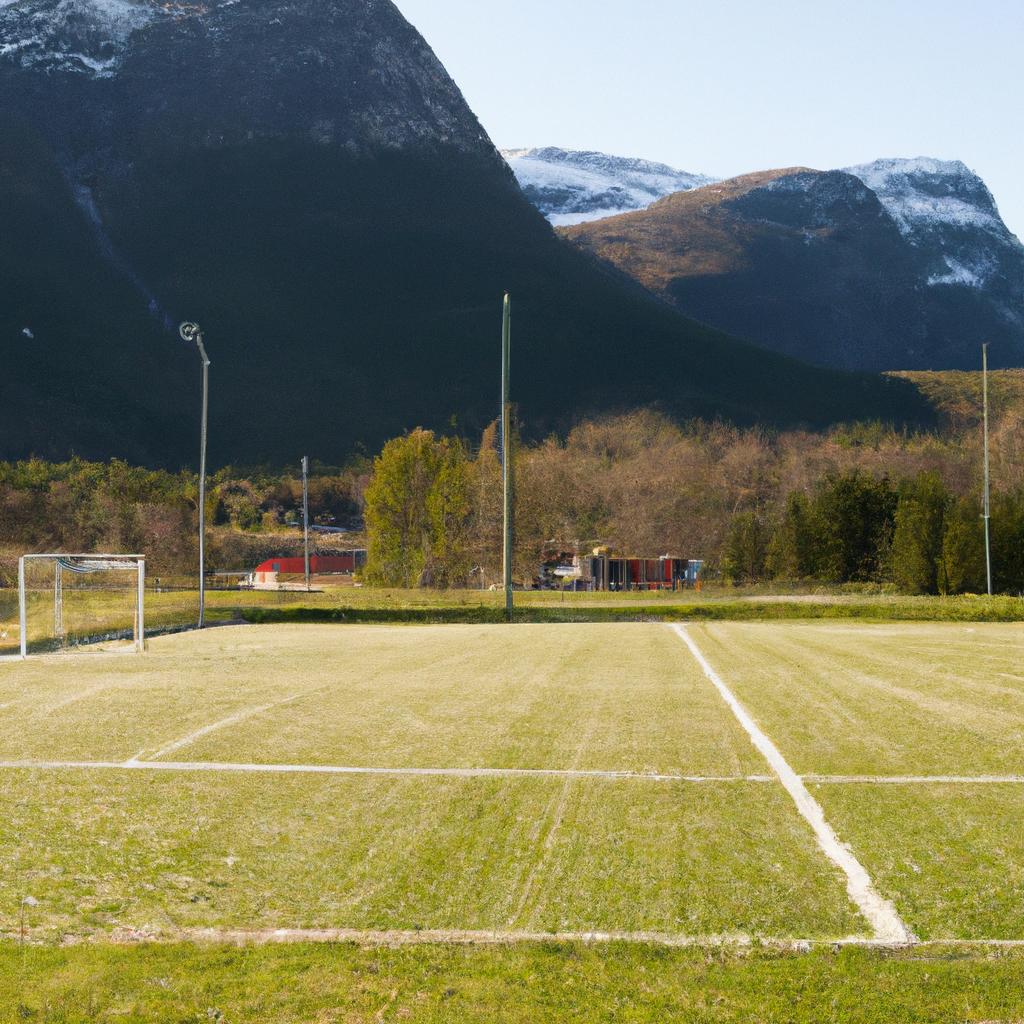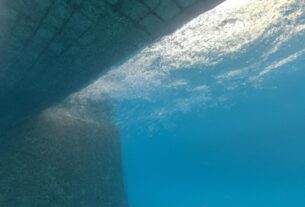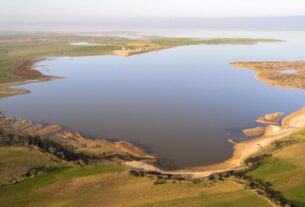Soccer is a beloved sport worldwide, and Norway is no exception. With a strong soccer culture and numerous professional teams competing in various leagues, Norway offers some of the best soccer fields that can either make or break the playing experience.
In this article, we’ll dive into the top soccer fields in Norway, taking into account factors such as climate, location, soil quality, drainage system, size, and shape. We’ll also discuss the history, features, and accessibility of each field. Whether you’re a professional player or a casual fan, this article will offer insights on where to find the best soccer fields in Norway.
So, let’s unveil the top soccer fields in Norway!
Factors to Consider for a Good Soccer Field
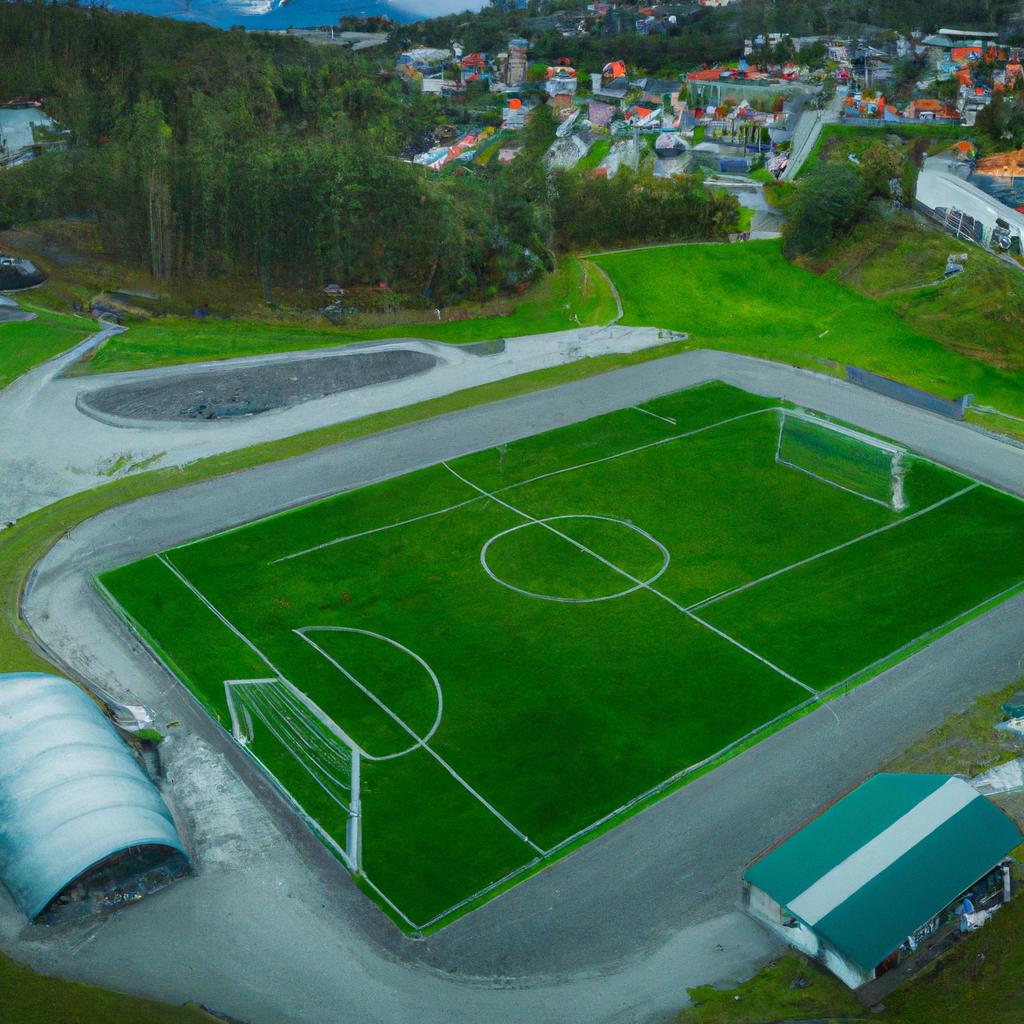
When evaluating a soccer field, several key factors contribute to creating a good playing experience. Here are some crucial aspects to consider:
Climate
Norway’s cold and damp climate requires soccer fields that can withstand harsh weather conditions. These fields need to drain water and snow quickly to prevent slippery and hazardous surfaces for players.
Location
The location of a soccer field also impacts its quality. Fields situated in high traffic areas or near industrial zones may suffer from pollution and noise, deteriorating the playing conditions. In contrast, fields located in quiet and natural settings offer a more serene and enjoyable experience.
Soil Quality
The soil quality of a soccer field affects the ball’s bounce and the players’ movements. The ideal soil must absorb and distribute water effectively, preventing puddles or dry spots. It should also be rich in nutrients to promote healthy grass growth and prevent erosion.
Drainage System
A robust drainage system is essential for maintaining a high-quality soccer field. It should handle substantial water volumes, preventing waterlogging and rendering the field unplayable. A good drainage system can also prolong the field’s lifespan by preventing erosion and damage.
Size and Shape
The size and shape of a soccer field influence the game’s flow and the players’ movements. The dimensions should adhere to official regulations, ensuring fair and competitive matches. The field’s shape should also optimize the available space, avoiding awkward or unsafe conditions.
Considering these factors helps determine the quality of a soccer field and provides a better playing experience. In the following sections, we’ll explore the top soccer fields in Norway and evaluate how they measure up to these criteria.
Top Soccer Fields in Norway
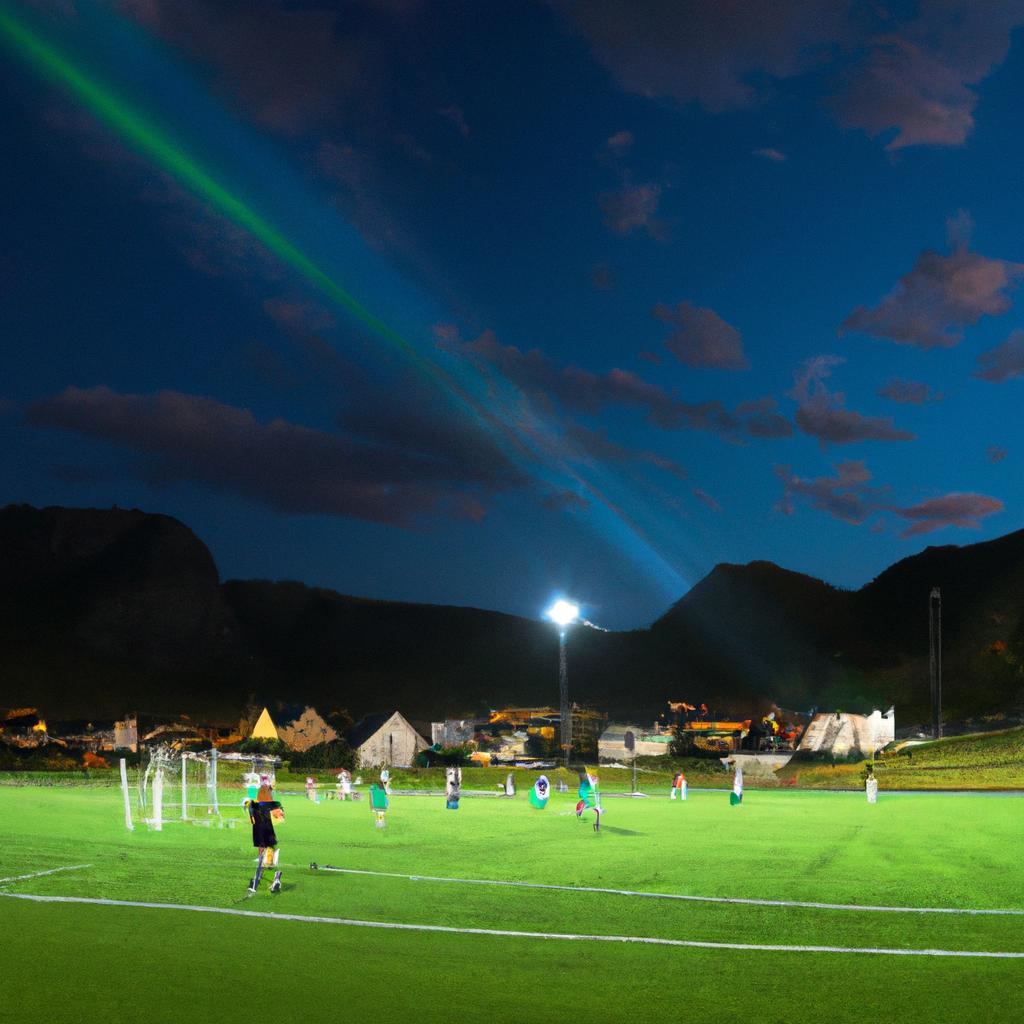
Norway boasts some of the world’s best soccer fields, attracting both local talents and international players. Let’s discover the top soccer fields that every soccer enthusiast should visit:
Ullevaal Stadium
Ullevaal Stadium, located in Oslo, is Norway’s largest soccer stadium and the home of the Norwegian national team. With a seating capacity of 28,000, this stadium has undergone several renovations to maintain its state-of-the-art facilities. Visitors can also explore the stadium’s museum, which chronicles the history of Norwegian soccer.
Lerkendal Stadium
Lerkendal Stadium, situated in Trondheim, is another iconic soccer field in Norway, serving as the home ground for the Rosenborg BK soccer team. With a seating capacity of 21,400, the stadium has hosted numerous international matches, including the UEFA Champions League. Its modern facilities and vibrant atmosphere during matches make it an unforgettable experience.
Aspmyra Stadium
Aspmyra Stadium, located in Bodø, is the home of the Bodø/Glimt soccer team. The stadium offers a seating capacity of 7,800 and provides a stunning view of the nearby mountains and sea. With a modern playing surface, Aspmyra Stadium has also hosted several international matches, adding to its prestige.
Marienlyst Stadium
Marienlyst Stadium, situated in Drammen, is the home stadium of the Strømsgodset IF soccer team. With a seating capacity of 8,500, this stadium stands out for its unique design. Built in 1923, Marienlyst Stadium has undergone renovations over the years to maintain its top-notch facilities.
Alfheim Stadium
Alfheim Stadium, located in Tromsø, serves as the home for the Tromsø IL soccer team. With a seating capacity of 6,800, the stadium offers a picturesque view of the surrounding mountains and sea. It boasts a modern playing surface and has hosted several international matches, cementing its reputation.
Color Line Stadium
Color Line Stadium, situated in Ålesund, is the home of the Aalesunds FK soccer team. With a seating capacity of 11,000, this stadium features a unique design that seamlessly blends with the surrounding landscape. It offers a modern playing surface and has also hosted several international matches.
These remarkable soccer fields are a must-visit for every soccer enthusiast. With each stadium possessing its own distinct features and amenities, they promise memorable playing experiences.
Ullevaal Stadium
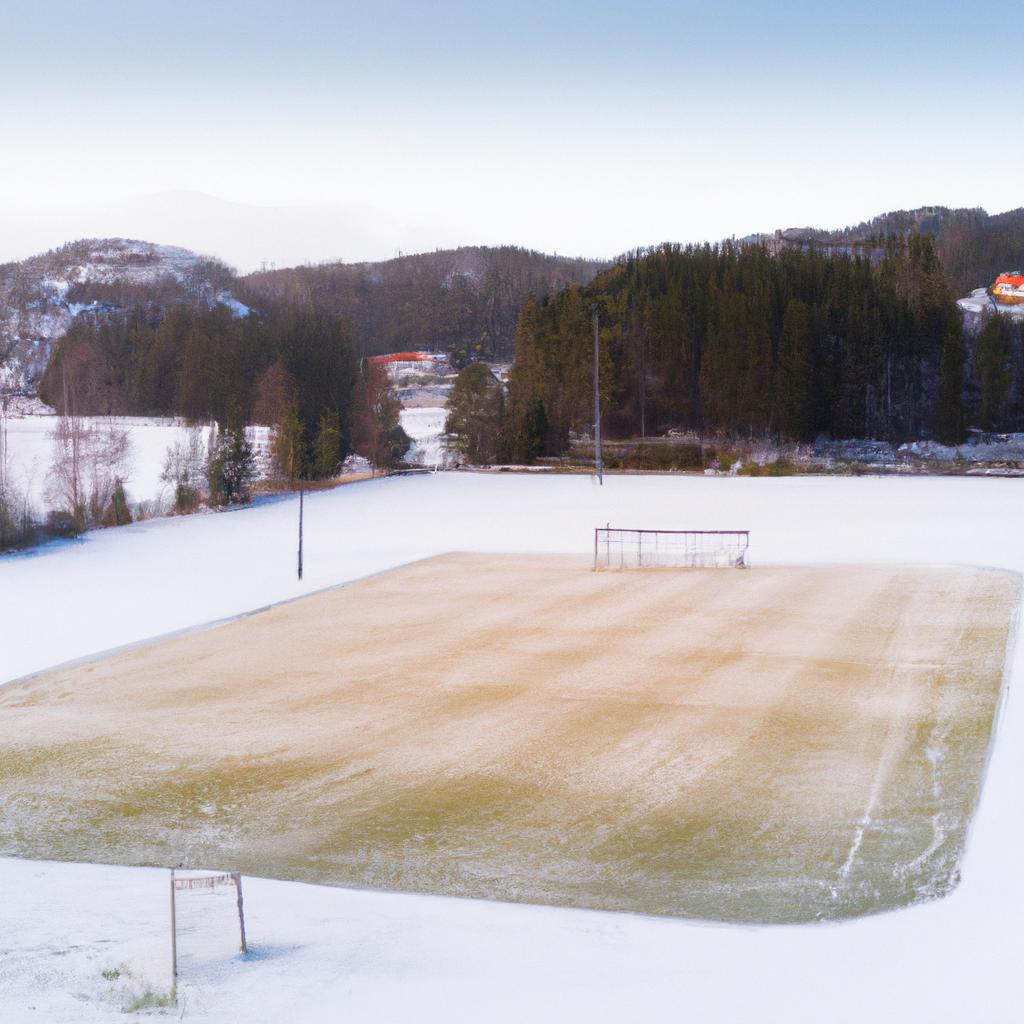
History and Background
Ullevaal Stadium, located in Oslo, is the largest soccer stadium in Norway, accommodating over 28,000 spectators. Since its opening in 1926, it has been the home of the Norwegian national team. The stadium has also hosted various international soccer matches and concerts.
Over the years, Ullevaal Stadium has undergone significant renovations, including the installation of a new roof and seating areas. In 2009, further improvements were made, such as the addition of new medical facilities and VIP lounges.
Features and Amenities
Ullevaal Stadium offers several features and amenities that make it a top choice for soccer fans. The pitch quality is excellent, ensuring a smooth playing experience. Comfortable seats provide excellent views of the field, and ample parking and food options are available.
One unique feature of Ullevaal Stadium is the “Ullevaal Stadion Experience,” offering fans a behind-the-scenes look at the stadium, including the locker rooms and press rooms. The stadium also houses a museum with exhibits showcasing the history of soccer in Norway.
Accessibility
Ullevaal Stadium is easily accessible by public transportation, including buses and trains. It is located a few minutes’ walk from the nearest train station, making it convenient for fans to reach. The stadium also caters to disabled fans with wheelchair-accessible seating areas and restrooms.
Overall, Ullevaal Stadium is a world-class soccer facility, offering excellent features and amenities for fans. Its rich history and convenient location make it a must-visit destination for anyone interested in soccer in Norway.
Lerkendal Stadium
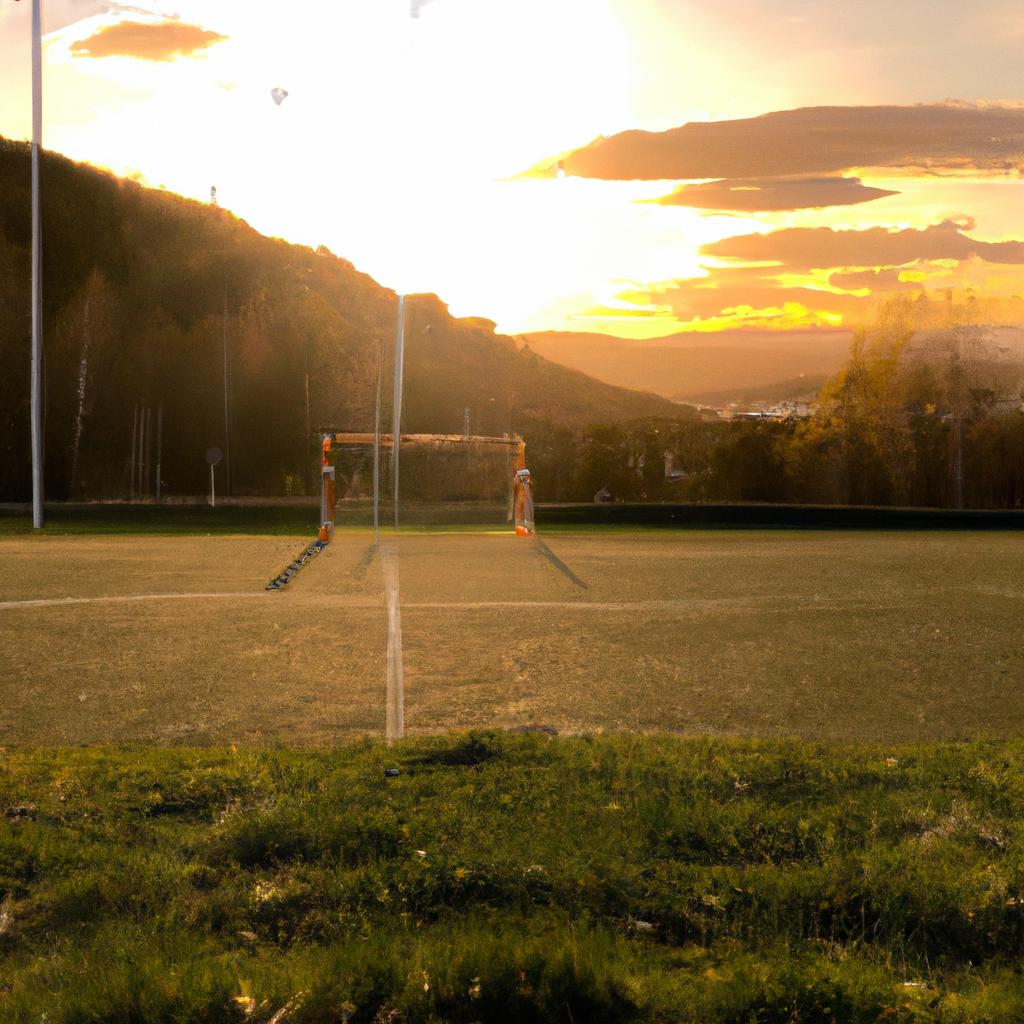
History and Background
Lerkendal Stadium, located in Trondheim, is one of Norway’s most iconic soccer fields. Built in 1947, it has undergone several renovations, including the installation of a new artificial turf system in 2019. The stadium serves as the home ground for Rosenborg BK, a highly successful Norwegian soccer club with 26 league titles to its name.
Features and Amenities
With a seating capacity of 21,400, Lerkendal Stadium offers a great playing experience for both players and fans. It features state-of-the-art lighting and sound systems, making it ideal for night games. The advanced artificial turf system allows for quick drainage and a consistent playing surface. The stadium also boasts modern changing rooms, medical facilities, and media rooms.
Apart from hosting soccer matches, Lerkendal Stadium is a popular venue for concerts and other events. Several international matches, including those of the Norwegian national team, have graced this prestigious field.
Accessibility
Lerkendal Stadium is easily accessible by public transportation, with multiple bus and tram lines passing by. There is ample parking for those driving to the stadium. Its proximity to the Trondheim city center, just 3km away, makes it a convenient location for visitors to explore the city’s attractions before or after a game.
Overall, Lerkendal Stadium provides a top-notch soccer experience for players and fans alike. Its rich history, modern amenities, and accessibility make it a must-visit for anyone interested in soccer in Norway.
Conclusion
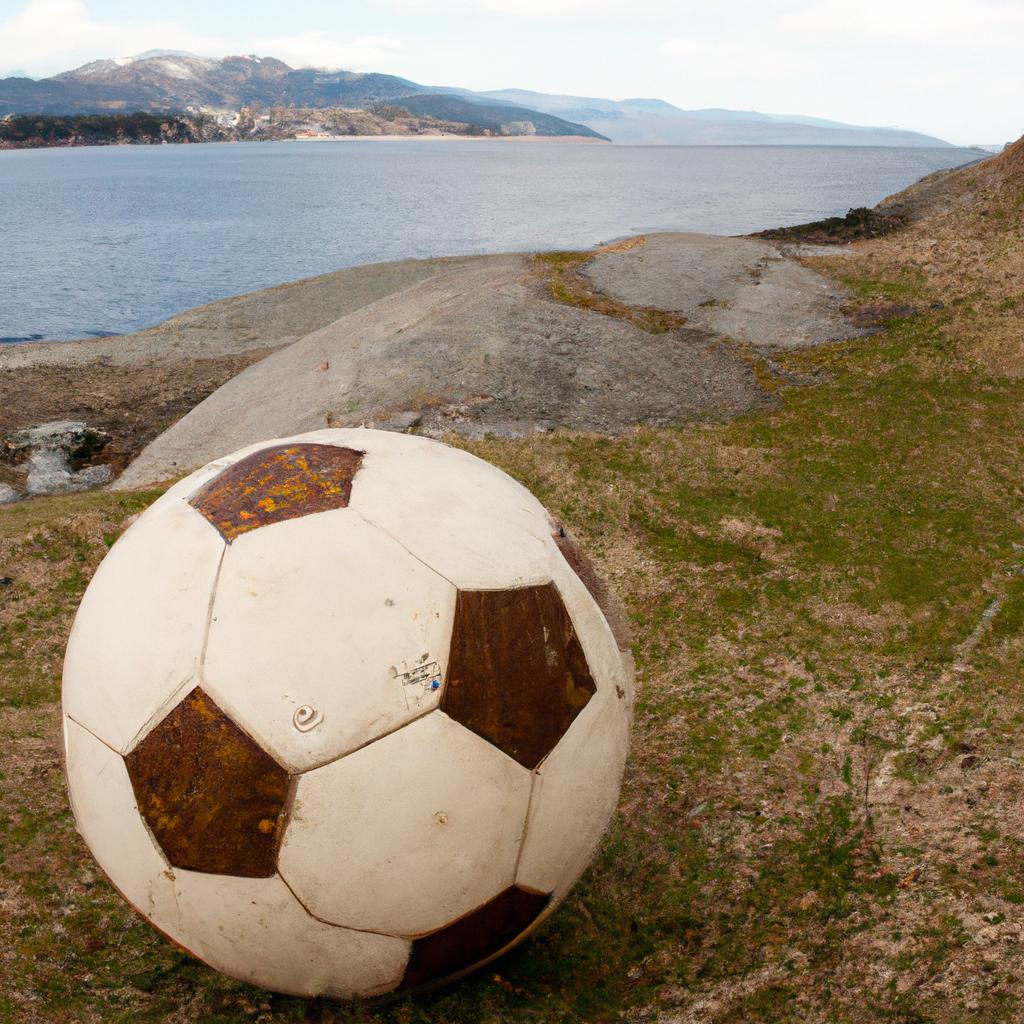
In conclusion, Norway is home to some of the world’s best soccer fields. From the historic Ullevaal Stadium to the modern Color Line Stadium, each field offers unique features and amenities that make it worth visiting.
When choosing a soccer field, factors such as climate, location, soil quality, drainage system, size, and shape greatly impact the playing experience and your performance.
We hope this article has provided insightful and helpful information for your search for the best soccer fields in Norway. Remember, a good soccer field is not just about the game, but also about the experience. So, grab your gear and visit one of these amazing fields for a memorable soccer experience.
Thank you for reading, and stay tuned for more informative articles from TooLacks!
Citations and Hyperlinks:
